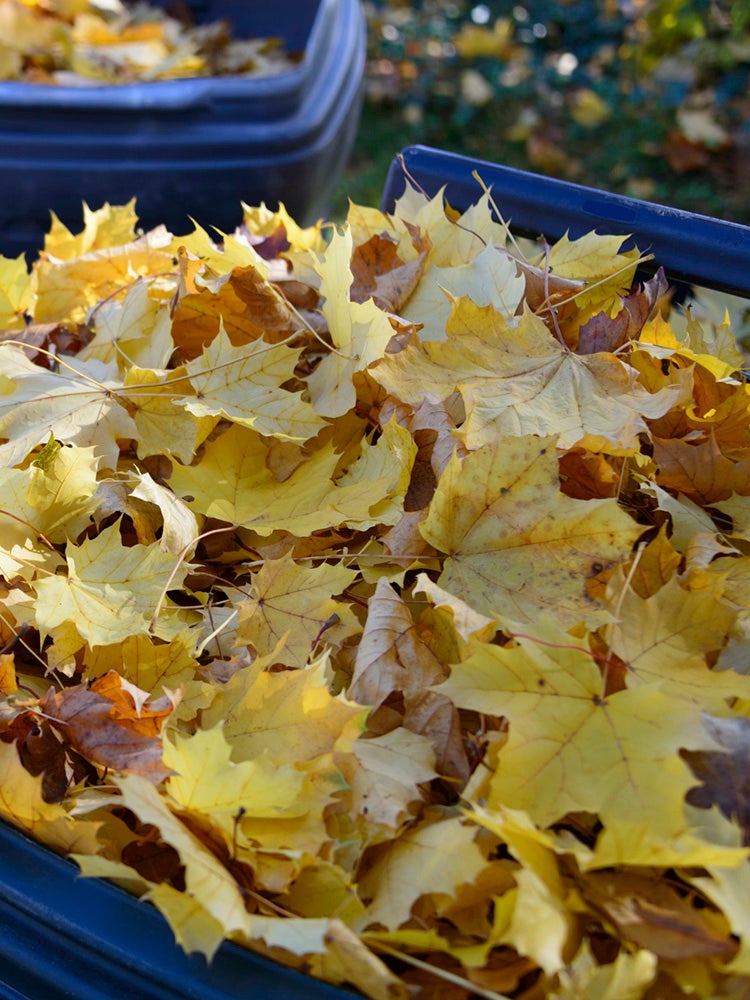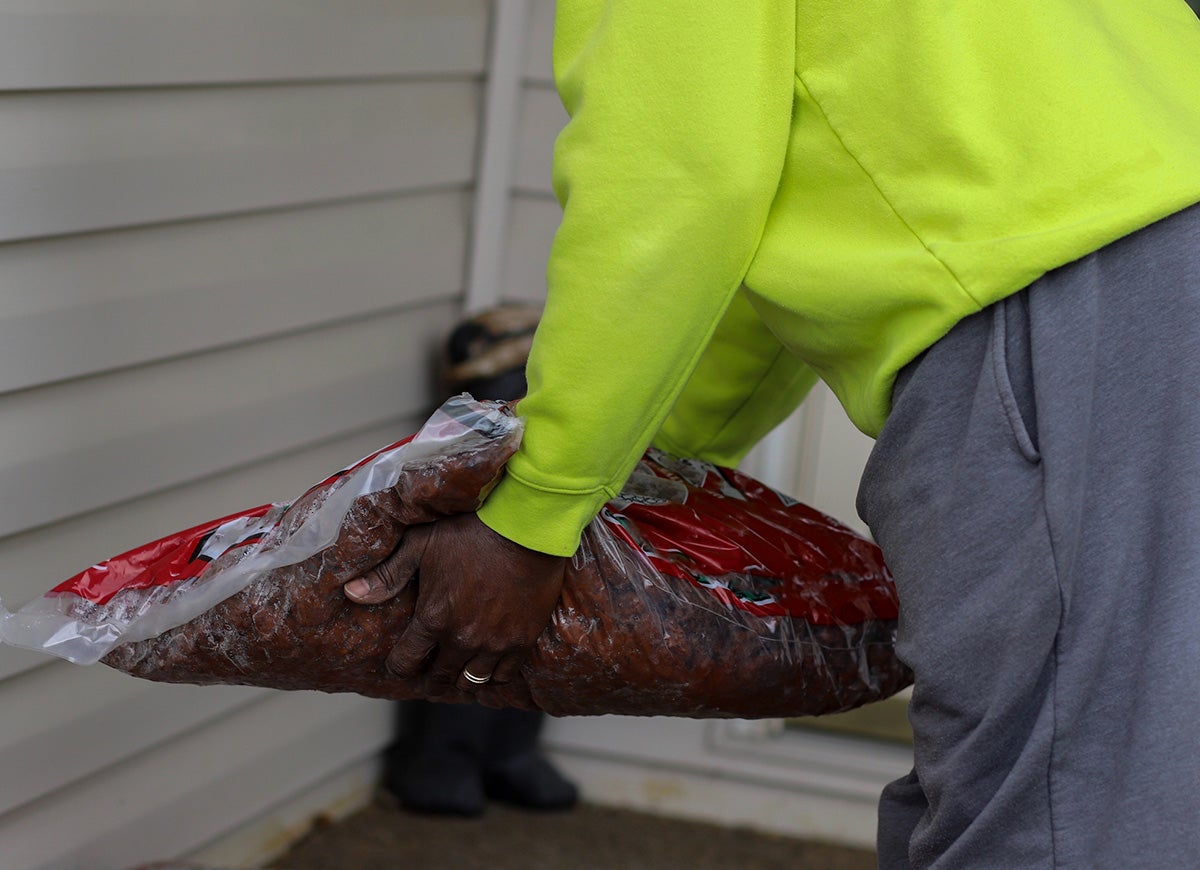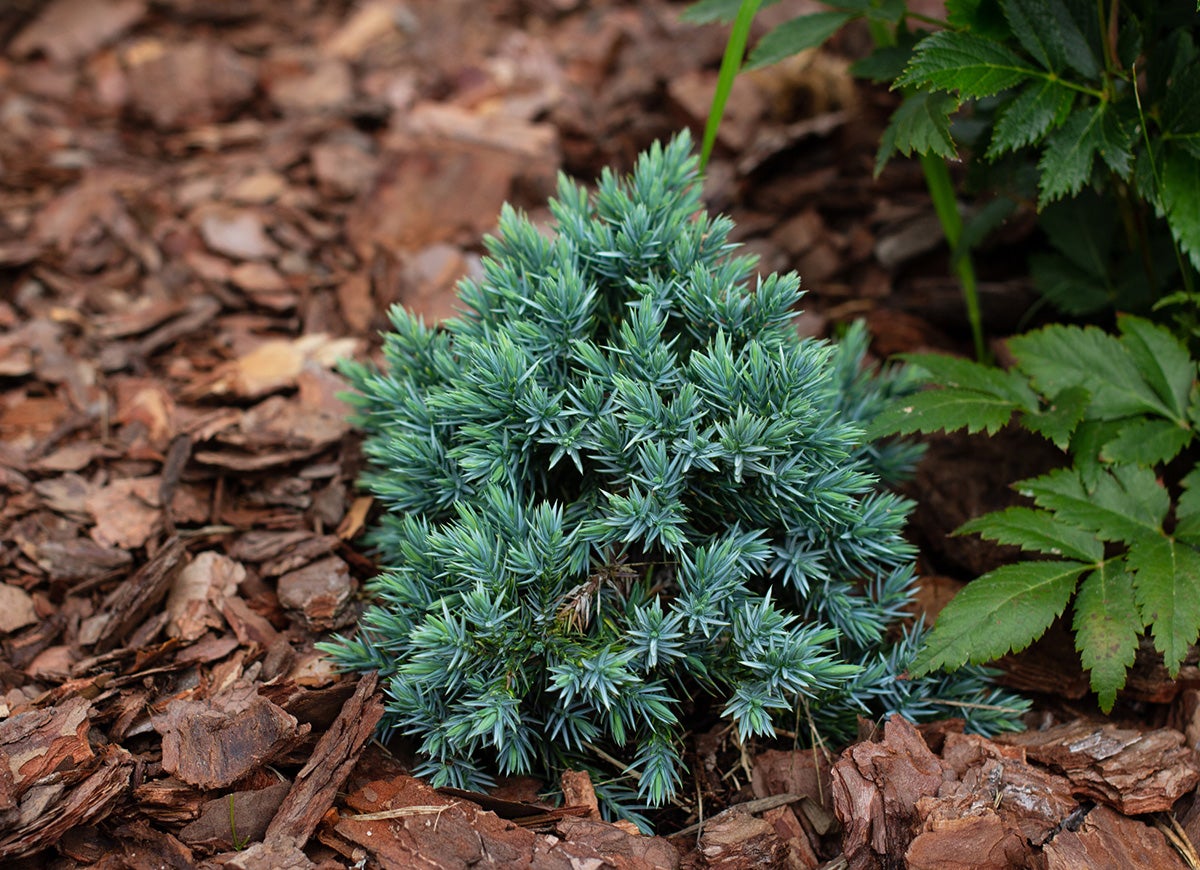

We may earn revenue from the products available on this page and participate in affiliate programs. Learn More ›
Home Advice You Can Trust
Tips, tricks & ideas for a better home and yard, delivered to your inbox daily.
By signing up you agree to our Terms of Service and Privacy Policy.
Get Ahead of the Curve

A little prep work in your garden can save hours of effort down the line. Mulching, or adding a layer of insulating organic matter to the surface of your soil, can certainly protect and beautify flower beds in late spring, but mulch also benefits fall and winter gardens by protecting roots, preventing weeds, and nourishing the soil biome. This fall, mulch your flower beds to provide your garden with short- and long-term benefits.
Preserve Perennials

Perennial plants, unlike annuals, come back year after year—or they can, with the right treatment. Fall is the perfect time to give your perennials a little TLC, by adding a layer of mulch around stalks and roots. When exposed to cooler temperatures, roots that lie in the top few inches of soil can get easily stressed and frostbitten. Mulch made of finer particles like leaf compost or pinestraw provide the ideal protection. These finer organic mulches break down more easily than coarse wood chip or bark mulches, providing essential nutrients for plants during the winter months.
Enrich Soil

As the organic matter in mulch breaks down it releases minerals and nitrogen, which enriches the soil throughout the fall and winter, and leads to healthier shoots and blooms in spring. Fall mulching also gives soil-improving earthworms and microbes added warmth and good food for the winter. In short, when you apply a layer of mulch to your bed, you’re nourishing your garden’s entire ecosystem. The key is to choose the right mulch: bark chips for trees; straw for vegetable beds and strawberry patches; pine needles or shredded leaves for ornamental flowers and shrubs.
Reduce Temperature Swings

In many regions, autumn is a time of major weather swings. Cycles of freezing and thawing can wreak havoc on delicate root systems, especially those closer to the surface. Mulching helps insulate plant roots by raising the freezing point of the soil and evening out temperature fluctuations. The result? Stronger plants that are less prone to stress.
Discourage Weeds

Mulch not only nourishes the soil, it also suffocates weeds and starves them of needed sunlight. Spread a 1/4-inch layer of newspaper around plants or wherever you want to suppress weed growth. Once in place, cover newspapers with a thick layer of wood chips, or 3-4 inches of grass clippings, pine bark, or straw. No room for vintage newspaper clippings here; make sure you use newspapers printed after 1990. Newer papers use soy-based inks that are nontoxic.
Recycle Leaves

Stop throwing away perfectly good leaves and starting mulching them instead. Applying leaf-based mulch is a great way to recycle autumn leaves while adding nutrients and insulation to your garden beds. First, make sure the leaves are dry. Dry leaves are best for mulching and spreading on top of soil. Next, shred them with your lawnmower and spread them over your beds. Use wetter, decomposed leaves as a soil additive; work leaf mold into the ground with a hand cultivator to add nutrients.
Stop Soil Erosion

One of the most detrimental effects of wintertime wind, rain, and snow is soil erosion. Mulching prevents soil erosion by forming a barrier between the topsoil and the elements. Add 2-4 inches of mulch around flower and vegetable beds as well as shrubs and trees for maximum protection.
If you’re dealing with sloping land, you may need a little assistance keeping the mulch in place. One technique is to use plastic mulch, which consists of large sheets of polyethylene film. These black plastic sheets can also prevent weed growth. Of course, plastic isn’t biodegradable, so it does have some drawbacks compared to organic mulch.
Keep Evergreens Green

Evergreens have a reputation for hardiness and beauty that persists all winter long. But don’t take your evergreens for granted. They can get dry and brown in the winter without proper care. To prevent browning, mulch the soil surface starting at the root flare (where the tree roots branch away from the trunk). The mulch ring should be about three or four inches deep, and extend toward the edge of the tree branches.
Save Time (Next Spring)

Isn’t it nice to have less work to do? Fall mulching saves time and energy in the spring because it cuts down on the need to weed. It also saves you the labor of spreading new soil and mulch after winter snows. You may also save money too. Mulched perennials are likely to last the winter, reducing your outlay on new blooms.
The Right Amount Does Wonders

As with all good things, moderation is key when it comes to mulch. According to most experts, mulch should be spread in layers between 2-4 inches thick. Too much mulch can trap excess moisture, leading to root rot and other diseases. Too little mulch allows sunlight and air to penetrate soil, nourishing weeds. So aim for about 3 inches on average—a little less mulch around flower beds and a little more around bigger shrubs and trees.

I Was Dead Set On Stone Floors—Until I Saw These Options
See how a virtual floor designer might just change how you envision your floors, as it did for this editor with her ongoing kitchen renovation.